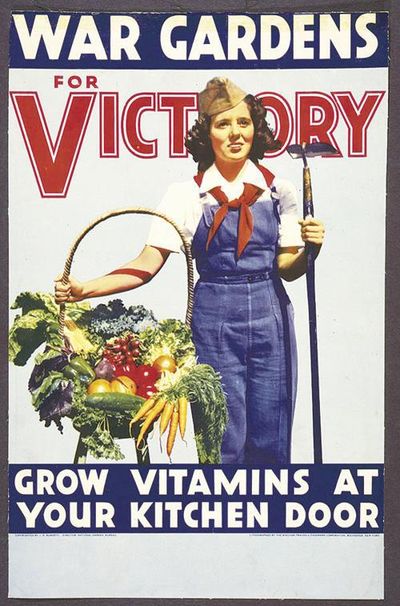Weathercatch: Plant ‘victory garden’ when frost danger ends

As we plow deeper into springtime, Americans are reviving a movement from the First and Second World Wars: victory gardens. Not only can we grow our own food during this dark time, but we can be outside while practicing social isolation. Step outside our homes and enjoy a little escape of the mind.
But don’t put seeds in the soil just yet, unless you own a greenhouse to ensure their warmth at night.
Why? Below-freezing temperatures and frost still lurk in the Inland Northwest.
Late last week, we enjoyed above average-daytime temperatures and overnight lows in the 40s. Those conditions abruptly changed with the arrival of a cold front during the weekend. Early Sunday morning, low temperatures dipped to 29 in Spokane and 24 in Moscow-Pullman.
Monday morning was even chillier, with temperatures hitting 24 in Spokane and a nippy 19 in Moscow-Pullman. Even the normally mild Tri-Cities experienced a spring freeze, with Pasco dropping to 25.
Not surprisingly, patches of frost were reported throughout the Inland Northwest both Sunday and Monday mornings.
The lesson here is that spring weather is typically a wild ride of temperature swings. One or two warm spells is no guarantee that we’ve seen the final freeze.
Sometimes that final freeze catches even the most cautious gardeners off guard. On May 12, 1985 – almost a month later than it is now – Spokane saw a low temperature of 25. On May 17, 1966, the temperature hit 27 , compared with the average low for that date of 44.
Most startling of all was May 21, 2004, when up to a half-inch of snow fell in the Spokane area, forcing residents to ditch the garden trowel for a snow shovel.
So if your green thumb is itching to get those vegetable seeds and seedlings in the ground, an analysis of past springs suggests we hold off a bit. Coronavirus may be a different kind of war, but a victory garden can only be victorious if we heed to Mother Nature’s springtime whims.
Granted, not all locales face the same risk level. Those most vulnerable to late frosts tend to be in the northeast portion of Washington, along with locations away from cities and bodies of water and those at higher elevations.
Data compiled by the National Weather Service in Spokane shows the average last frost falls on May 4 in the Lilac City, May 10 in Moscow-Pullman and May 16 in Sandpoint.
In the meantime, get your soil ready with some fertilizer and compost, including shredded leaves from last autumn. No space for a garden? No problem. If there’s enough direct sunlight, place containers on your deck or walkway, or dress up an exterior wall with a window box or two.
Then, once the final frost is behind us, keep calm and garden on.
Nic Loyd is a meteorologist in Washington state. Linda Weiford is a writer in Moscow, Idaho, who’s also a weather geek. Contact: ldweiford@gmail.com.